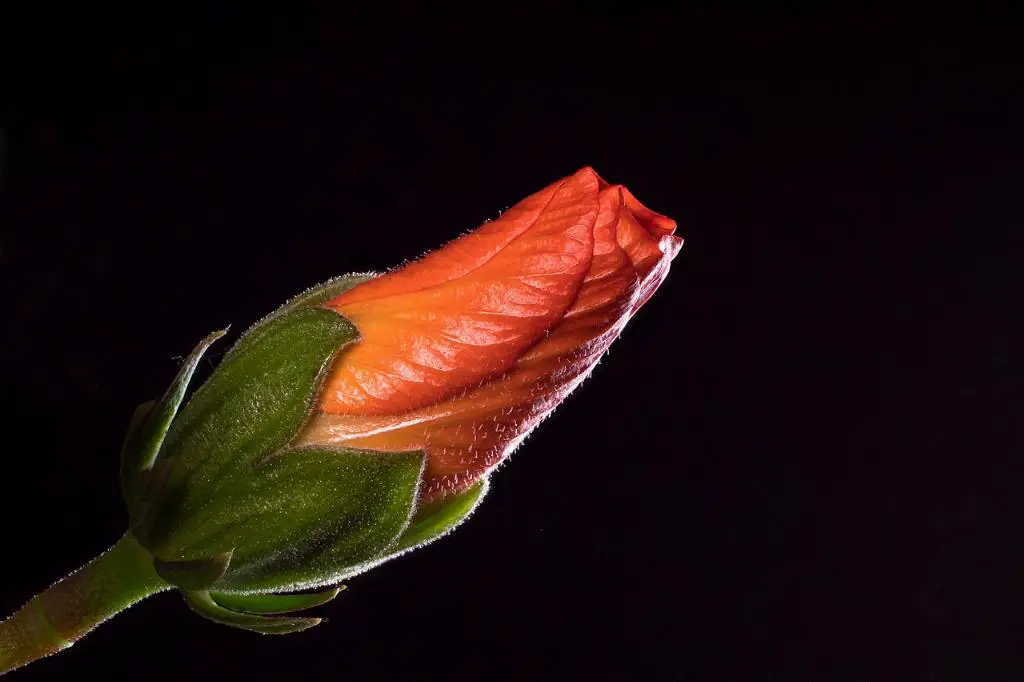When it comes to providing the right amount of sunlight for your hibiscus plant, full sun is generally the best option. Hibiscus rosa-sinensis, in particular, thrives in direct sunlight, although it can also tolerate light shade if necessary. However, it’s important to note that the more sun your hibiscus receives, the better it will flourish.
Effects of Sunlight on Flower Production
Hibiscus plants are known for their stunning blooms, and sunlight plays a crucial role in their production. If your hibiscus plant doesn’t receive adequate sunlight, it may result in fewer flowers and smaller blooms. To ensure vibrant and abundant flowering, it’s essential to provide your hibiscus with sufficient sunlight.
Positioning for Winter Months
During the winter months, when sunlight may be limited, it’s advisable to position your hibiscus plant near a southern or western facing window. These directions typically receive more sunlight throughout the day, allowing your hibiscus to continue thriving even during colder seasons.
Monitoring Sun Exposure
It’s crucial to monitor the sun exposure that your hibiscus plant receives on a daily basis. Observing any changes in sunlight patterns and adjusting the plant’s positioning accordingly can help optimize its growth and overall health.
Potential Risks of Insufficient Sunlight
If your hibiscus plant doesn’t receive enough sunlight, it may exhibit signs of stunted growth, leaf discoloration, or reduced flowering. These are indications that the plant is not getting adequate sunlight to carry out essential photosynthesis processes effectively.
Benefits of Full Sun Exposure
Full sun exposure offers numerous benefits to hibiscus plants, including increased photosynthesis, which leads to better growth and flowering. Additionally, sunlight helps in the production of essential nutrients, contributing to the overall vitality and resilience of the plant.
Adaptability to Light Shade
While hibiscus plants prefer full sun, they can adapt to light shade if necessary. If you are unable to provide direct sunlight, ensuring that the plant receives at least some light each day will help sustain its growth and flowering to some extent.
Key Considerations for Sunlight Provision
When deciding on the optimal sunlight conditions for your hibiscus plant, consider factors such as the local climate, seasonal variations in sunlight intensity, and the plant’s specific requirements. By taking these factors into account, you can create an ideal environment for your hibiscus to thrive.
Long-Term Growth and Development
Consistently providing the right amount of sunlight to your hibiscus plant is essential for its long-term growth and development. By ensuring adequate sun exposure, you can support the plant in reaching its full potential and showcasing lush foliage and vibrant blossoms.
Sunlight as a Essential Resource
Consider sunlight as a vital resource for your hibiscus plant, akin to water and nutrients. Just as you wouldn’t deprive your plant of water or essential nutrients, ensuring it receives ample sunlight is crucial for its overall well-being and longevity.
Enhancing Flowering Through Sunlight
If you are aiming to enhance the flowering display of your hibiscus plant, prioritizing adequate sunlight is key. By providing optimal sun exposure, you can encourage the plant to produce an abundance of vibrant flowers, adding beauty and charm to your indoor or outdoor space.
Final Thoughts on Sunlight Needs of Hibiscus Plants
In conclusion, hibiscus plants, particularly Hibiscus rosa-sinensis, thrive in full sun conditions but can adapt to light shade if required. By ensuring your hibiscus receives adequate sunlight, you can promote healthy growth, abundant flowering, and overall vitality. Monitoring sun exposure, especially during winter months, and making adjustments as needed, will help your hibiscus plant flourish year-round.

